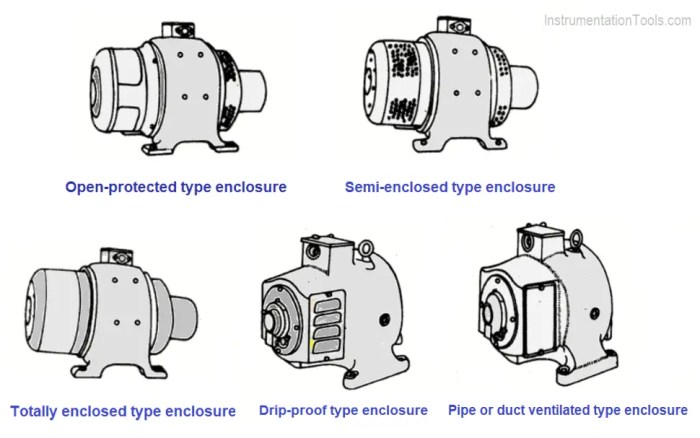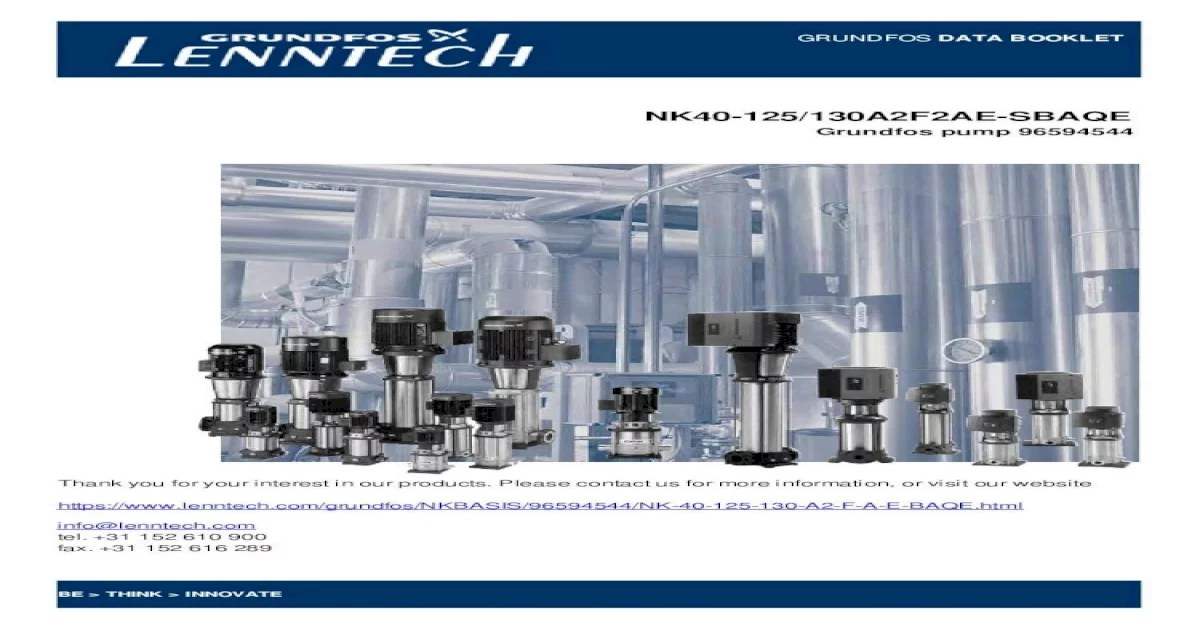A NEMA designation for a type of enclosed motor is a crucial aspect of selecting and utilizing enclosed motors effectively. NEMA (National Electrical Manufacturers Association) establishes standards for electrical equipment, including enclosure types for motors. Understanding the NEMA designation system empowers engineers, technicians, and end-users to make informed decisions about enclosed motor selection, ensuring optimal performance and longevity in diverse applications.
Enclosed motors offer protection against environmental factors such as dust, moisture, and corrosive substances, making them suitable for various industrial and commercial settings. The NEMA designation provides a concise and standardized way to communicate the specific level of protection provided by an enclosed motor.
1. NEMA Enclosure Designations

NEMA (National Electrical Manufacturers Association) enclosure designations are a system of standardized ratings that indicate the level of protection provided by an electrical enclosure against the ingress of dust, water, and other contaminants.
These designations are crucial for ensuring the safety and reliability of electrical equipment in various environments. They help engineers and technicians select the most appropriate enclosure for specific applications.
NEMA Enclosure Types
- Type 1:General purpose enclosure, protects against dust, falling dirt, and light splashing water.
- Type 2:Drip-proof enclosure, protects against falling liquids or dripping water from any direction.
- Type 3:Dust-tight enclosure, prevents the entry of dust, falling dirt, and rain.
- Type 4:Water-tight enclosure, protects against splashing water from any direction.
- Type 5:Dust-ignition-proof enclosure, prevents the accumulation of dust that could create an explosion hazard.
- Type 6:Submersible enclosure, can withstand temporary submersion in water.
- Type 7:Explosion-proof enclosure, designed to prevent explosions in hazardous locations.
- Type 8:Corrosive-resistant enclosure, protects against corrosion from chemical fumes and liquids.
- Type 9:Enclosed and gasketed enclosure, provides protection against dust, water, and oil.
- Type 10:Gasketed enclosure, prevents the ingress of dust, water, and oil through gasketed joints.
Factors to Consider When Selecting a NEMA Enclosure
- Environment:The type of contaminants and moisture present in the operating environment.
- Equipment:The size, shape, and heat dissipation requirements of the electrical equipment.
- Regulations:Industry-specific regulations and safety codes may require specific NEMA enclosure ratings.
2. Enclosed Motor Types

Enclosed motors are electric motors that are housed in protective enclosures to protect them from harsh environmental conditions and contaminants.
Types of Enclosed Motors
- Totally Enclosed Non-Ventilated (TENV):Provides complete protection from dust and moisture, but can overheat due to limited ventilation.
- Totally Enclosed Fan-Cooled (TEFC):Similar to TENV but has an external fan for cooling, allowing for higher power output.
- Totally Enclosed Air-Over (TEAO):Uses external air to cool the motor, providing better heat dissipation than TEFC.
- Totally Enclosed Water-Cooled (TEWC):Utilizes water as a cooling medium, allowing for high power output and operation in high-temperature environments.
- Explosion-Proof (XP):Designed to prevent explosions in hazardous locations, meets strict safety regulations.
Advantages and Disadvantages of Enclosed Motors, A nema designation for a type of enclosed motor is
Advantages:
- Protection from contaminants
- Extended motor life
- Improved safety in hazardous environments
Disadvantages:
- Higher cost compared to open motors
- Reduced power output due to enclosure restrictions
- Increased maintenance requirements
Applications of Enclosed Motors
- Chemical processing plants
- Food and beverage industries
- Hazardous locations (e.g., oil and gas refineries)
- Outdoor applications exposed to harsh weather
- Medical equipment
3. NEMA Designation for Enclosed Motors
NEMA provides specific enclosure designations for enclosed motors, indicating their level of protection against dust, water, and other contaminants.
Criteria for NEMA Designation
- Enclosure Type:The type of enclosure used (e.g., TEFC, TEAO, XP)
- Ingress Protection (IP) Rating:An international standard that indicates the level of protection against dust and water (e.g., IP55, IP67)
Implications of NEMA Designation
- Selection:Helps engineers and technicians select the appropriate motor for specific environmental conditions.
- Safety:Ensures the motor meets safety regulations and prevents hazards in hazardous locations.
- Performance:Provides information on the motor’s ability to withstand dust, water, and other contaminants.
4. Applications of Enclosed Motors: A Nema Designation For A Type Of Enclosed Motor Is

Enclosed motors are widely used in various industries and applications due to their ability to withstand harsh environments.
Industries and Applications
- Chemical Processing:Motors in chemical plants are exposed to corrosive fumes and liquids, requiring TEAO or TEWC enclosures.
- Food and Beverage:Motors in food and beverage processing facilities must be protected from moisture and contaminants, using TEFC or TEAO enclosures.
- Hazardous Locations:Motors in oil and gas refineries and other hazardous locations require explosion-proof (XP) enclosures to prevent explosions.
- Outdoor Applications:Motors exposed to harsh weather conditions (e.g., rain, snow, dust) benefit from TEFC or TENV enclosures.
- Medical Equipment:Motors in medical devices must be protected from contaminants and moisture, often using TENV or TEFC enclosures.
Specific Examples
- TEFC motors in conveyor systems in food processing plants
- XP motors in pumps at oil refineries
- TENV motors in outdoor lighting fixtures
- TEWC motors in cooling systems for medical equipment
FAQ
What is the purpose of a NEMA designation for enclosed motors?
A NEMA designation provides a standardized way to communicate the level of protection offered by an enclosed motor against environmental factors such as dust, moisture, and corrosive substances.
How is the NEMA designation for enclosed motors determined?
The NEMA designation is based on a series of tests that evaluate the motor’s ability to withstand specific environmental conditions.
What are the implications of the NEMA designation for selecting and using enclosed motors?
The NEMA designation helps engineers and end-users select the appropriate enclosed motor for their specific application, ensuring optimal performance and longevity.